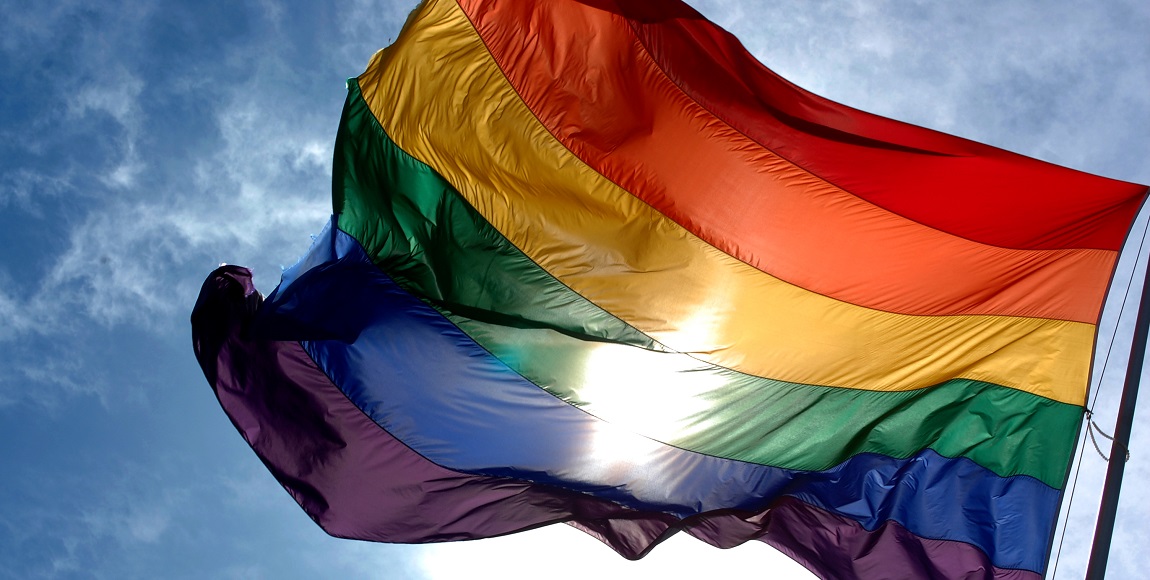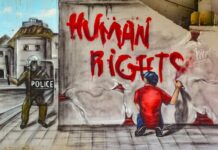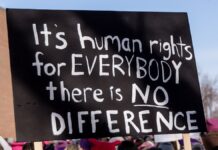South Africa’s mainstream entertainment industry has come a long way in terms of opening up the industry and allowing for new talent to surface and shine instead of using mostly worn out redundant faces and voices on our screens and radio channels. However, despite acknowledging this great step, we need to talk about the lack of queer visibility in the industry and how this very same industry further feeds and entrenches queerphobia in our communities with its lack of accurate representation.
Television today has become quite comfortable with the portrayal of the flamboyant thigh-slapping gay man, who has a hyper personality and usually, is always loud, while a queer woman is normally portrayed with short hair, bouncy walks and is always in pants. While these two characters described above represent a part of the LGBTQIA+ community, the shows we watch with our families during primetime have adopted these characters as the face, and arguably, the only representations of the LGBTQIA+ community.
The South African Constitution has set laws that are meant to protect all citizens, including those from this marginalised group. However many communities are still reluctant in accepting many members of the LGBTQIA+ community. Research shows that of the 800 000 South Africans who openly identify as being part of the LGBTQIA+ community, four out of 10 of them said they know of someone who has been killed for being or suspected of being part of the LGBTQIA+ community. According to the Centre of Risk Analysis at the South African Institute of Race Relations (SAIRR), black queer bodies are at a higher risk of being victims of physical violence than any other group, which results in many hiding their sexual orientation.
The media has always been said to be the perfect tool for changing perceptions on representations and lived experiences of the marginalised. While we all know that black communities, in particular, are very reluctant in accepting the LGBTQIA+ community, we could arguably say the tolerance of effeminate gay men is prevailing more than others. Research shows that the media helps create meaning around sexuality and also helps understand the role sexuality plays in our identities, history, social institutions, and our day to day experiences. However, the binary portrayal between the LGBTQIA+ community and straight people (which is usually a typical portrayal in our mainstream industry) still symbolises being straight as normal and being queer as a social ill, normalising heteronormativity which partially a root of queerphobia.
Inxeba proves how heteronormativity feels uncomfortable when challenged
Failing to acknowledge the attempts of accurate queer representation would not be fair. Soapies like Generations The Legacy have taken a leap in attempting to portray a character of a trans woman, which is not typical in the industry. The only screening of controversial movie, Inxeba The Wound, which portrayed the use of culture and tradition to enforce homophobia, which resulted in the marginalisation of openly queer men and the reluctance of many to openly identify as queer, received severe backlash from the black community to the point where they are still advocating for it to be banned. Despite the controversy around the movie, the visibility and representation in the movie shredded attention on what it meant to be black and queer in South Africa, outside of the heteronormative description as we see on a daily basis on our screens. However, has it never occurred that more frequent broadcasts and representation on the diversity of the LGBTQIA+ would help society understand the fluidity of sexuality and the existence of other queer bodies outside of those we already see on television?
While acknowledging the difficulty of portraying accurate representations, especially on lived experiences of the marginalised, visibility is a great leap towards representation. The portrayal of how diverse the LGBTQIA+ community is, especially in black South African communities, would be a great move towards the eradication of queerphobia in our society. However, the evident reluctancy of this portrayal shows how unprogressive South Africa’s media platforms are and further enforces the hatred towards queer bodies, contributing to the ever increasing violence against the LGBTQIA+ community. Can South Africa acknowledge that being queer is not monolithic?









